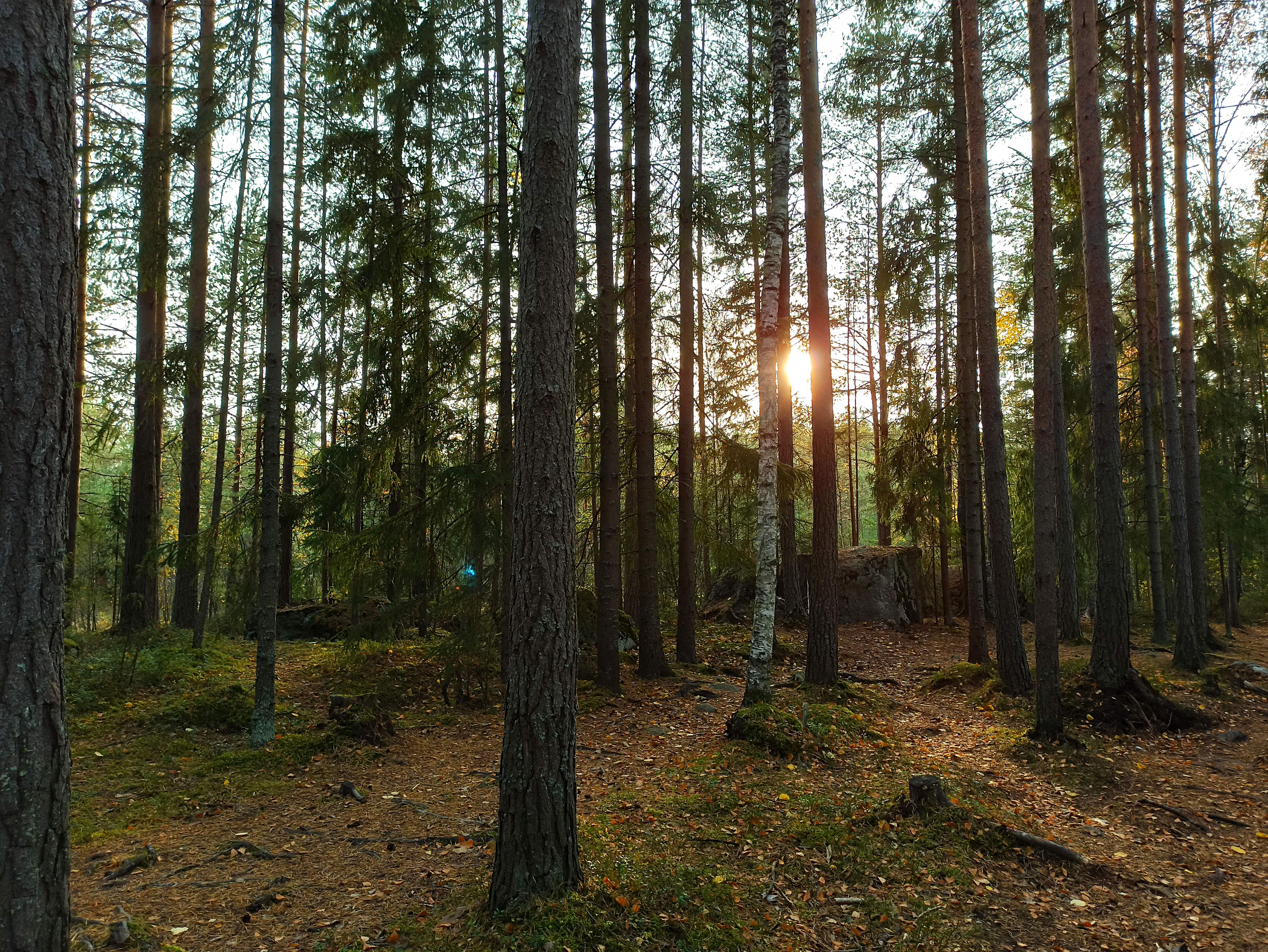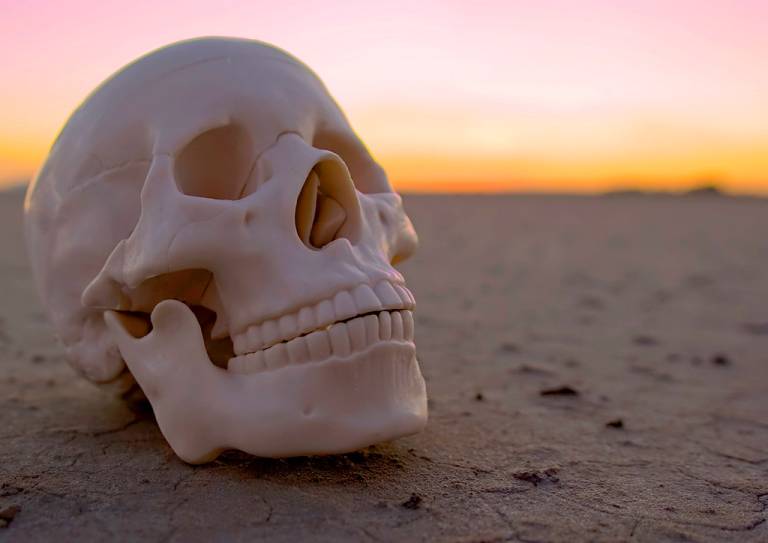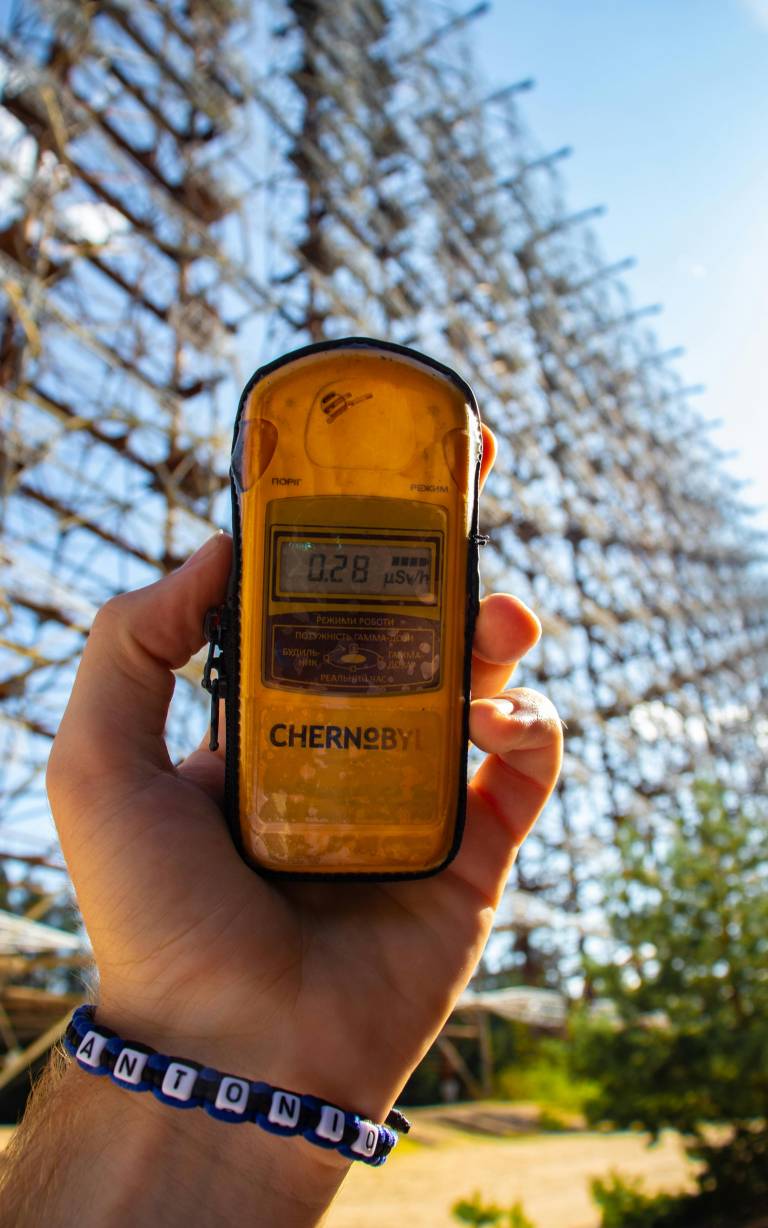Hair… a very normal part of the human body. For some, it’s an afterthought. For others… it is a mission.
 This is the Andrew Walker Hair typing chart. It shows the types of hair a person can have from straight to kinky. The smaller the circumference of the curl, the easier it breaks which means it needs more care. Neglect leads to tangling and breakage… overmanipulating leads to tangling and breakage. Diasporic black populations from Africa, the Middle East, Melanesia, and the Americas tend to have hair ranging between 2c to 4c ignoring possible admixtures.
This is the Andrew Walker Hair typing chart. It shows the types of hair a person can have from straight to kinky. The smaller the circumference of the curl, the easier it breaks which means it needs more care. Neglect leads to tangling and breakage… overmanipulating leads to tangling and breakage. Diasporic black populations from Africa, the Middle East, Melanesia, and the Americas tend to have hair ranging between 2c to 4c ignoring possible admixtures.
My hair texture ranges between 3c and 4b. I take great care of my hair. My roommate and I observed the differences; she has straight hair. Her wash routine is consists of shampooing, conditioning, brushing, and letting her hair air dry – roughly around thirty minutes. I wash my hair once a week and my basic routine would be to shampoo, condition, deep condition, style, air dry or blow-dry if I’m in a hurry – I spend around four hours on my hair if I am lucky. All this and I have not factored in night care, morning care and weatherproofing for unnecessary osmosis.
… how does all this tie into the environment?
From my wash routine, you can probably tell that it takes long and I use a lot of products which costs money. That’s a dilemma a lot of us face and we use methods to avoid it… but unfortunately, it comes at a cost with the environment.
Protective Styling

Braiding is a shared, sacred practice across majority of the black population. It is a communal bonding practice and a form of livelihood that involves a group of people manipulating, twisting, and turning the hair to create new shapes and patterns along or from the scalp. Variations exist all across the black diaspora and all have historical, cultural, and social significance. Several styles require external hair in order to tuck away the natural one and keep it safe like the one on the right. However, a lot of these synthetic hair brands are made out of plastic, acrylic and PVC (polyvinylchloride). Protective styles are typically worn for up to three months and when it is time to take it out, the fake hair is cut and untangled. The hair is often matted and cannot be reused, ending up in landfills. They take hundreds of years to decay and they have little to no purpose in other forms of manufacturing as far as we know.
Texturizers and Relaxers
Despite how exaggerated my hair routine sounded, most curly hair products are relatively safer for the environment than straight hair products. Sodium Laureth Sulfate (SLS) is an excellent surfactant found in most shampoos but is too harsh for textures ranging from type 3. Sodium Olefin Sulfonate is used as a substitute in curly hair products. SLS is toxic to aquatic life while Sulfonate is easily removed from water sources when treated.
However, a large population use hair products geared towards straighter textures because of relaxing and texturizing. Both are a chemical process; relaxers completely straighten the hair while texturizers make curls looser. During colonialism, Black people straightened their hair because of racism and discrimination to get the access to services and opportunities. Straightening hair is still done to avoid discrimination for the same reasons, and also because it is now seen as much simpler to straighten your hair than to care for it. Relaxers and texturizers are bad for aquatic life, toxic in water systems and contain halogenalkanes which is bad for the ozone layer. Many believe that in addition to poor infrastructure, black communities in the United States that suffer from toxic water sources like Flint Michigan could also be partly from relaxers and other hair products washing away into water sources.
What can be done?
With environmental consciousness being the talk of the decade, more people are encouraging others to stop using relaxers and grow out their natural hair as well as going back to wool as braiding material or reusable pre-braided extensions. Sadly, the hair care products associated with these are too expensive for many to afford.





